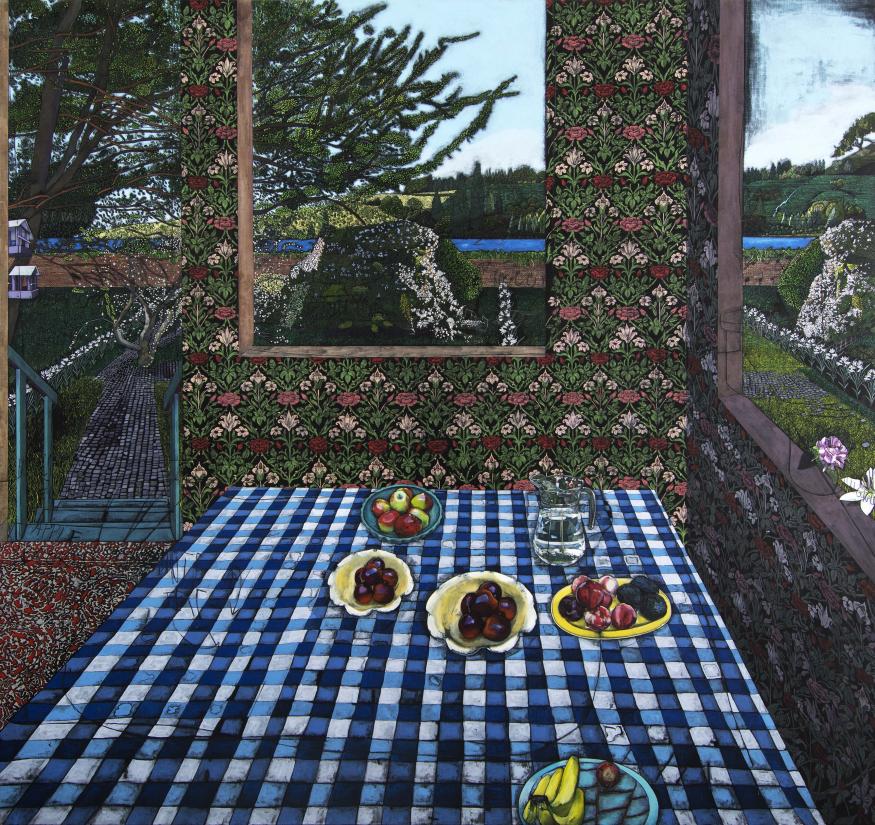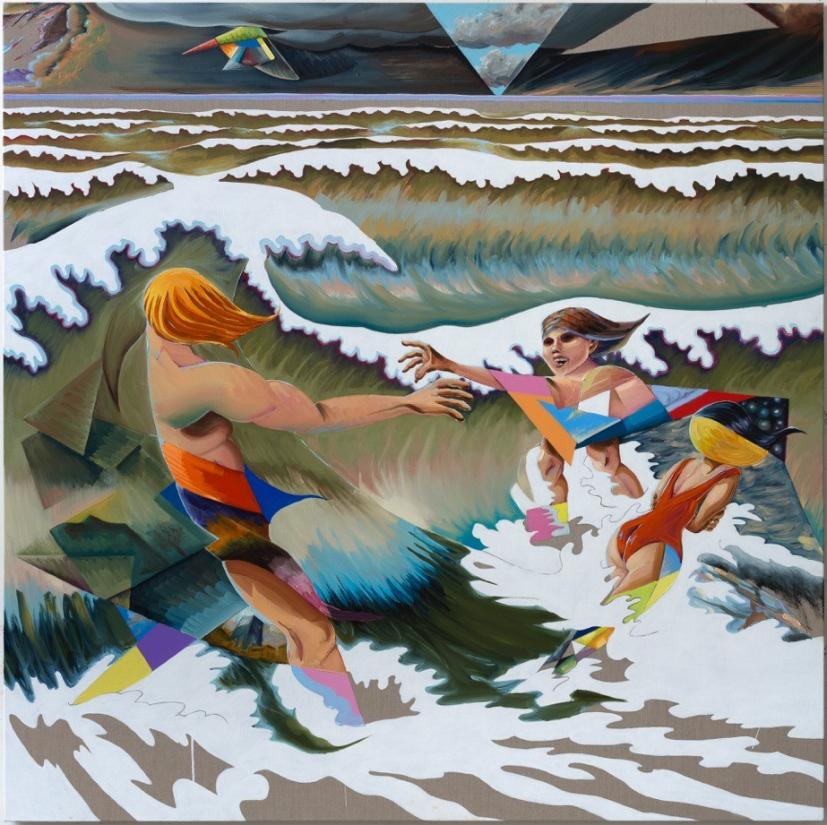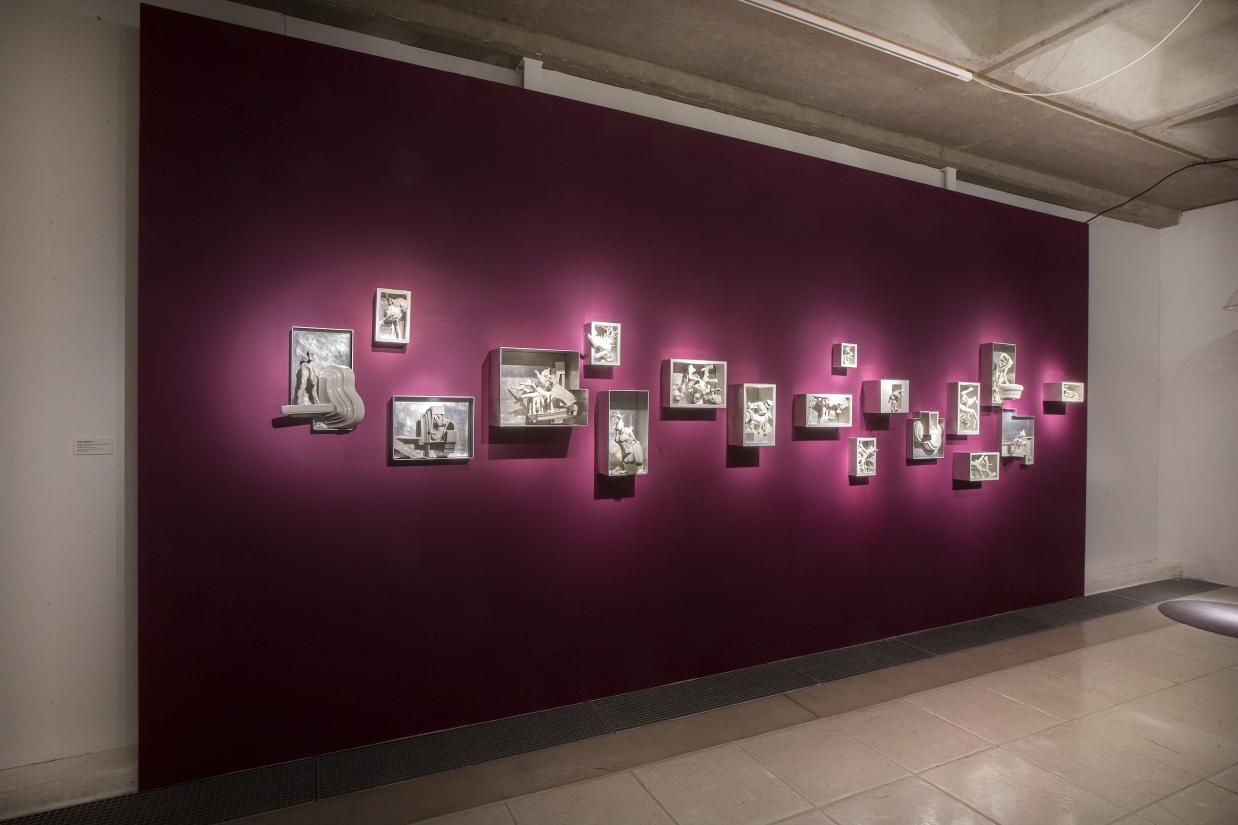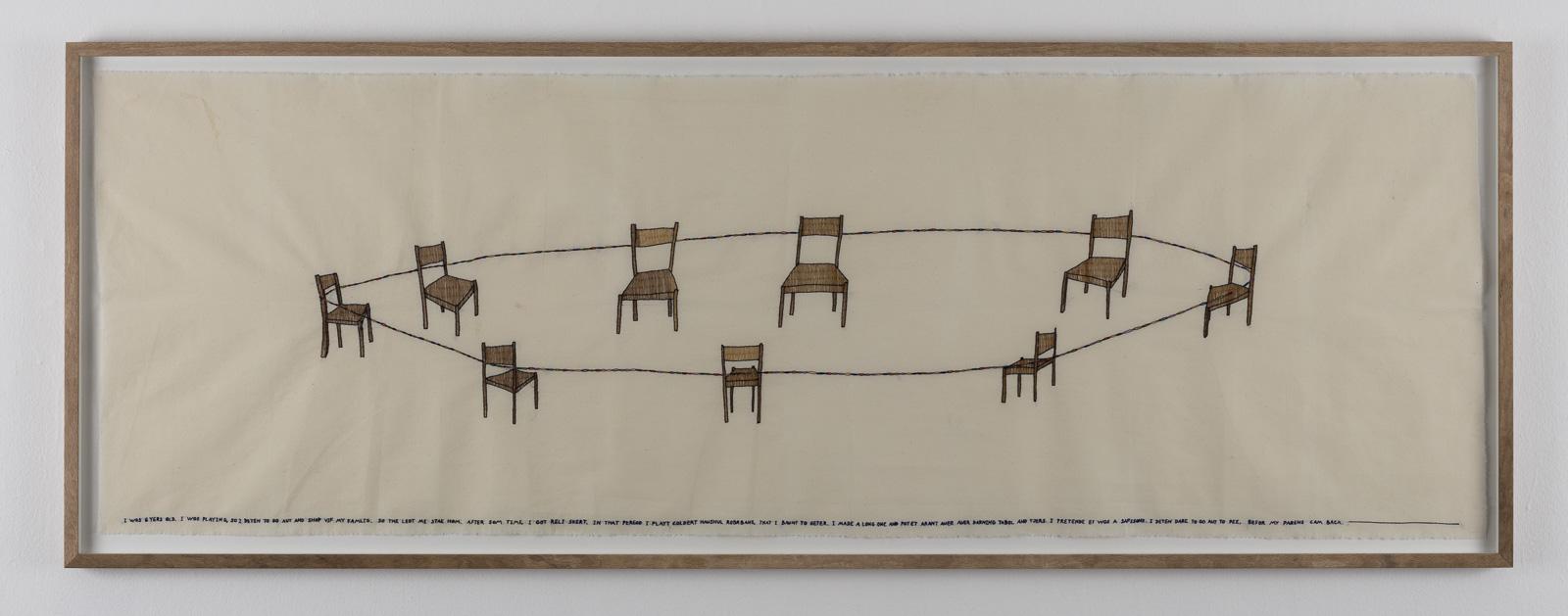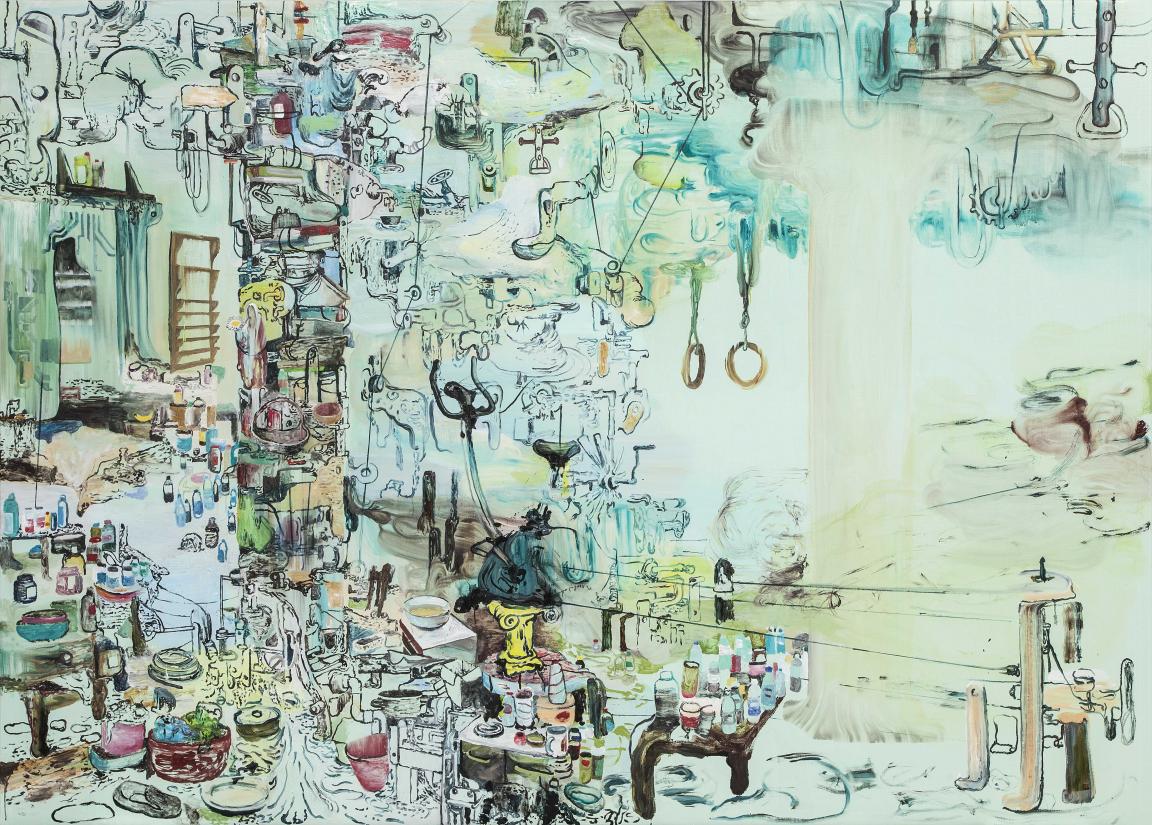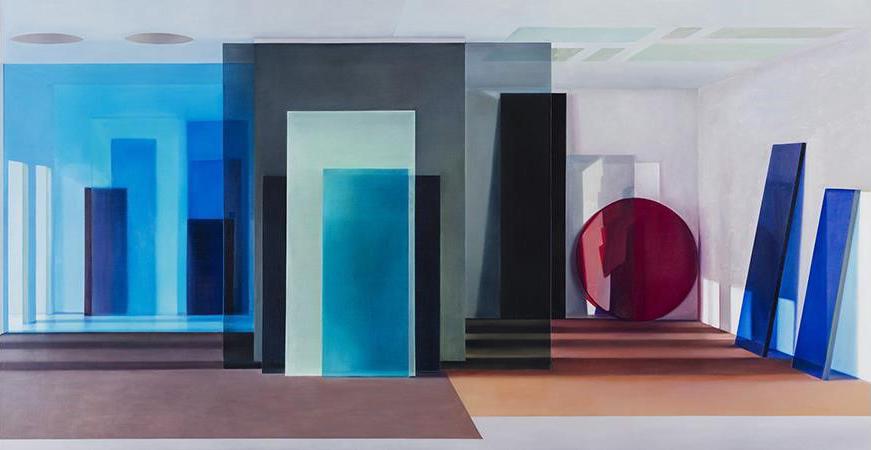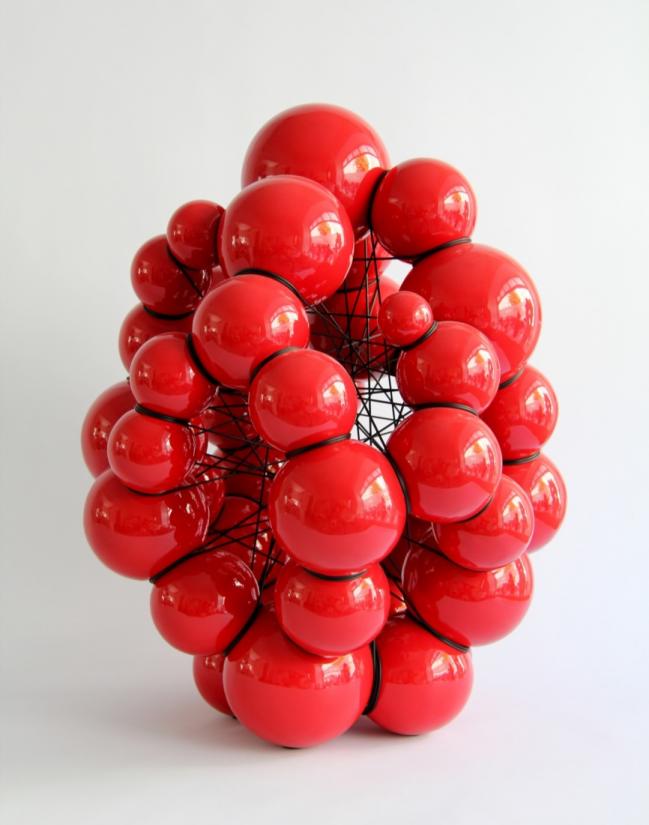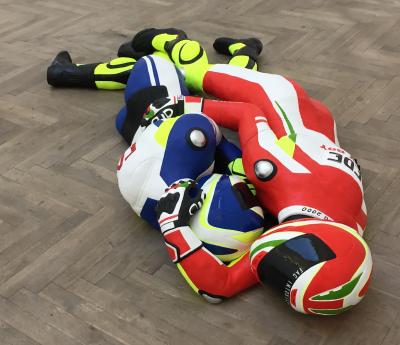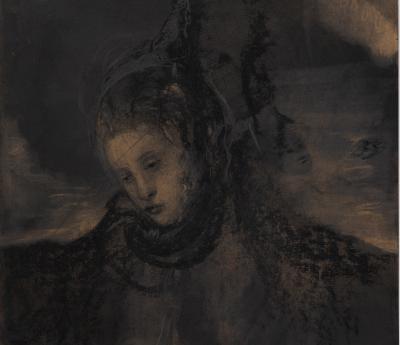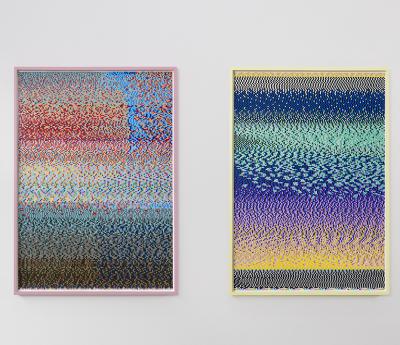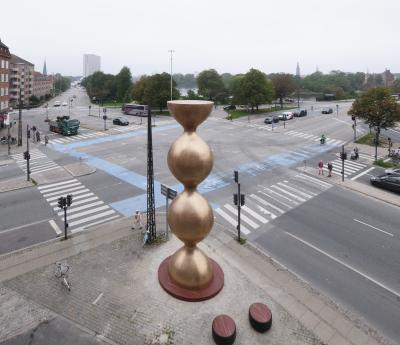As a cross-disciplinary museum for art, crafts and design, Trapholt has a diverse collection, where Danish modernism is richly represented in anything from abstract paintings to classic textile and furniture design. This has not caused the museum to lose sight of the contemporary art scene, however, and the collection has now been enriched with several principal works by contemporary Danish artists.
An expansion of the collection of paintings
From early modernism, represented by the Skagen Painters, to the interwar naturalists, such as Vilhelm Lundstrøm, and further on to abstract avant-garde painters, such as Preben Hornung and Richard Mortensen, Trapholt’s collection of modern paintings is characterized by a wide scope, both historically and with regard to form, and both figurative and abstract artists are richly represented. The new paintings donated by the New Carlsberg Foundation thus align with the museum’s strategy of enhancing the representation of contemporary developments in Danish art. Future visitors to Trapholt will be able to enjoy the The Father by Martin Bigum and Jesper Christiansen’s Paradismaleri #XXII (John Henry Dearle Rose & Lily) (Paradise Painting #XXII (John Henry Dearle Rose & Lily)), both artists who are leaning towards figurative symbolism, while Mie Mørkeberg’s Al Kødets Gang 1 (The Way of All Flesh) and Anette Harboe Flensburg’s Space Without a Place Icombine the figurative and the abstract.
‘Trapholt’s current ambition is to update and develop the collection. The museum’s current collection policy from 2015 emphasizes Trapholt’s continued focus on collecting contemporary art in the figurative and abstract traditions, which has been the collection’s focus area since the museum was founded,’ says Museum Director Karen Grøn.
Materials and craftsmanship
It is similarly in keeping with the museum’s DNA that the new additions to the collection include artists who apply crafts traditions and materials in novel and thought-provoking ways. This includes Gudrun Hasle’s autobiographical narrative in the form of the embroidered motif I wos 6 yers old and Louise Hindsgavl’s porcelain tableaux Finding Comforts in Confined Spaces #1–16, which uses this traditional material to convey disturbing images. The museum also received Julie Nord’s intricate and detailed watercolour-and-pencil portrait Family and the ceramicist Steen Ipsen’s sculpture Tied Up, created in a surprising combination of glazed faience and PVC string.
‘The museum’s collection strategy rests on art, crafts and design with a particular emphasis on works at the intersection of the different traditions,’ says Karen Grøn.
